Knotweed Removal Costs Explained
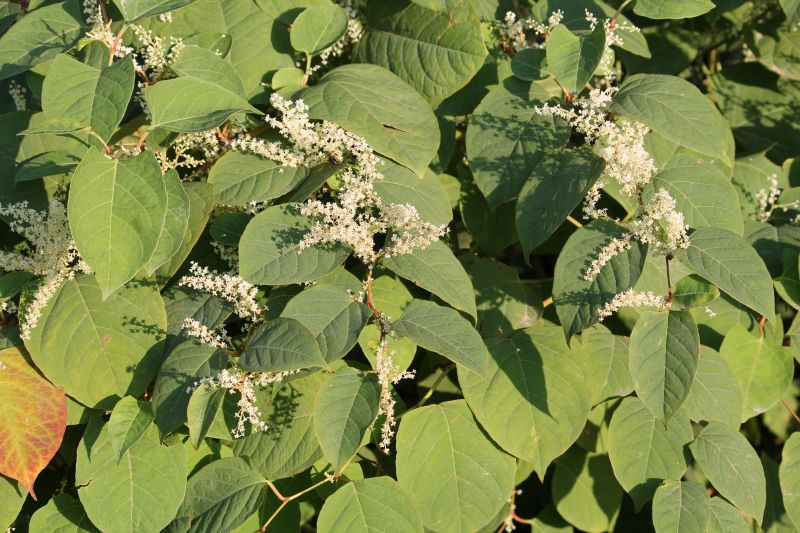
Larger knotweed areas require more extensive removal efforts, increasing costs.

Accessibility and proximity to structures influence the complexity and price.
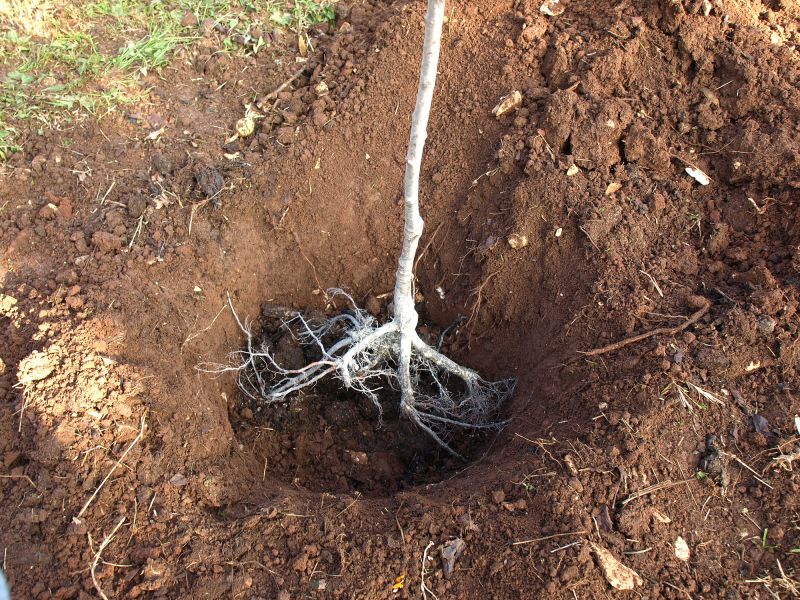
Different techniques, such as chemical treatment or excavation, vary in cost.
| Factor | Impact on Cost |
|---|---|
| Size of Infestation | Larger areas increase overall expenses. |
| Site Accessibility | Hard-to-reach locations may require specialized equipment. |
| Removal Technique | Chemical, excavation, or combined methods have different costs. |
| Property Location | Urban or remote sites can influence transportation and labor costs. |
| Soil Conditions | Complicated soil types may require additional treatment. |
| Regulatory Requirements | Permits or inspections can add to total costs. |
| Post-Removal Restoration | Land restoration or landscaping increases expenses. |
| Urgency of Service | Expedited removal services tend to be more costly. |
The cost of knotweed removal can vary significantly based on the extent of the infestation and site-specific factors. Small, localized infestations may be addressed at a lower price point, while extensive or hard-to-access areas can lead to higher expenses. Proper assessment and tailored removal strategies ensure effective management within budget constraints.
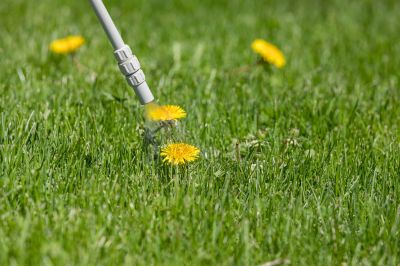
Typically more cost-effective for smaller infestations, involving targeted herbicide application.
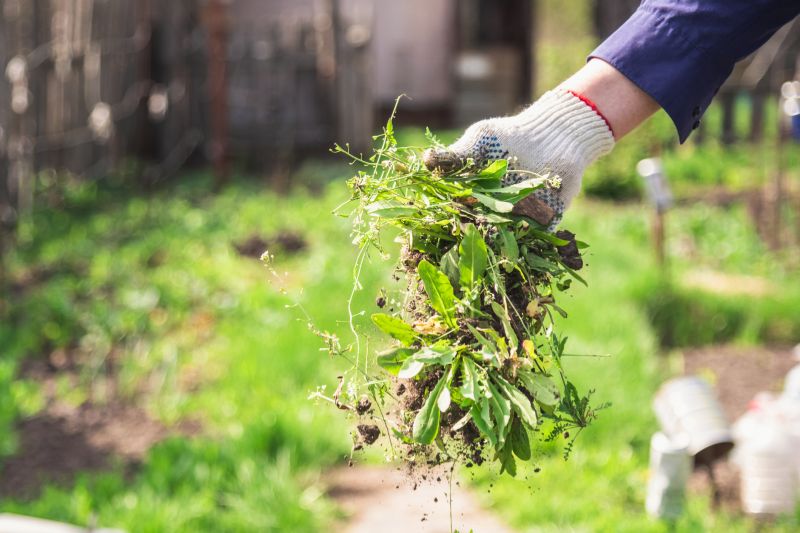
Removes soil and roots, suitable for extensive infestations, with higher costs.
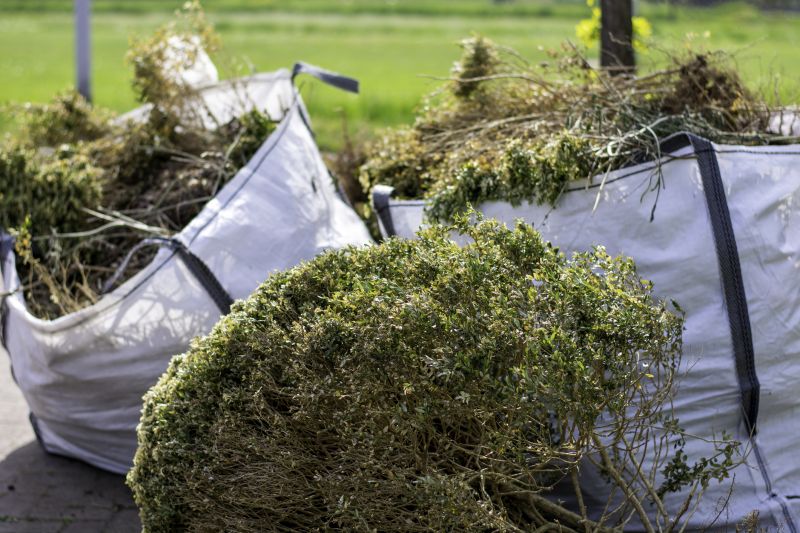
Includes replanting or landscaping, adding to overall expenses.
| Service | Average Price Range |
|---|---|
| Chemical Knotweed Treatment | £500 - £2,000 |
| Excavation and Removal | £2,000 - £10,000 |
| Land Restoration | £1,000 - £5,000 |
| Site Inspection and Assessment | £200 - £800 |
| Soil Treatment and Remediation | £1,500 - £6,000 |
| Permitting and Regulatory Compliance | £300 - £1,200 |
| Ongoing Monitoring | £300 - £1,000 |
| Emergency or Expedited Service | Additional 20-50% of standard costs |
